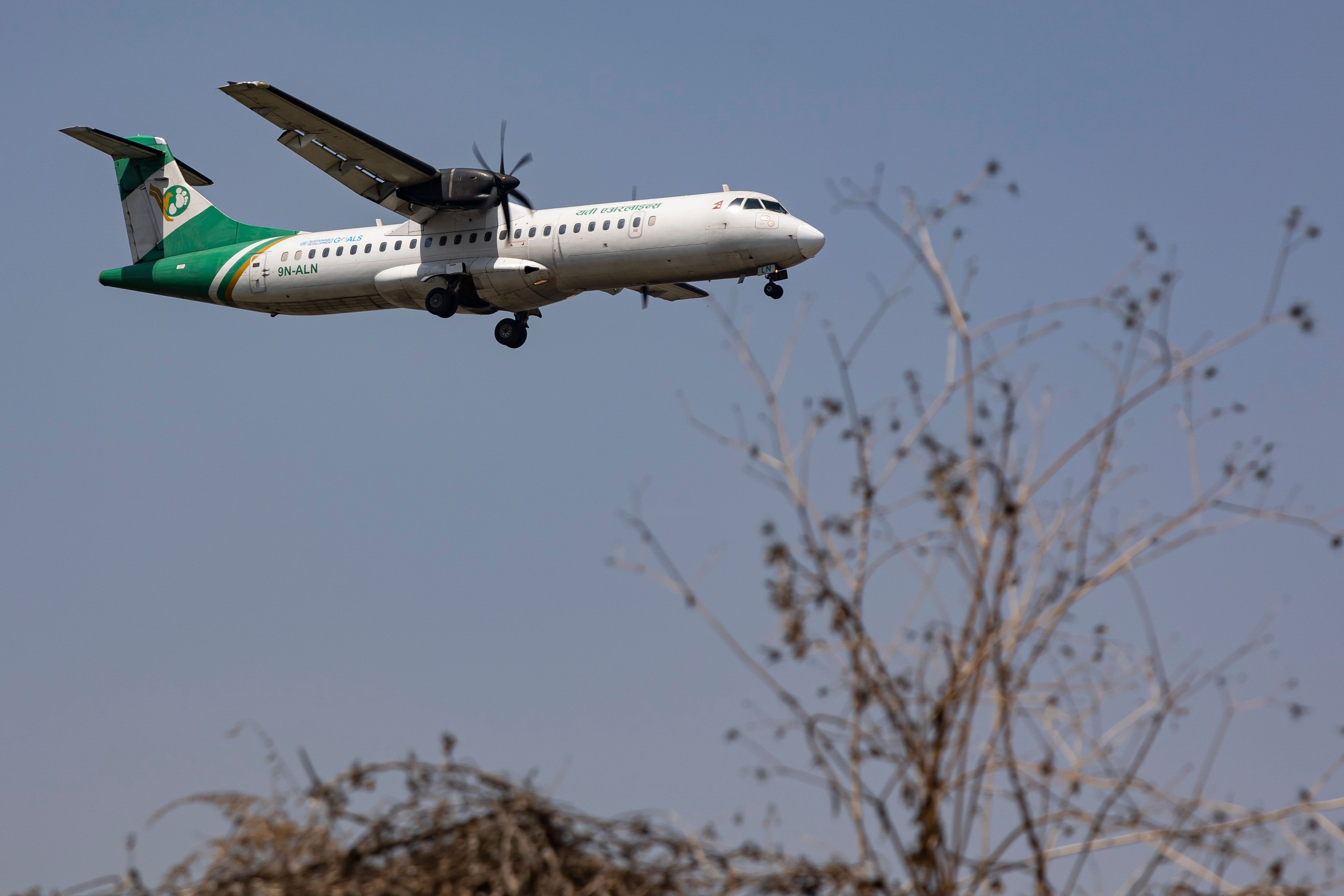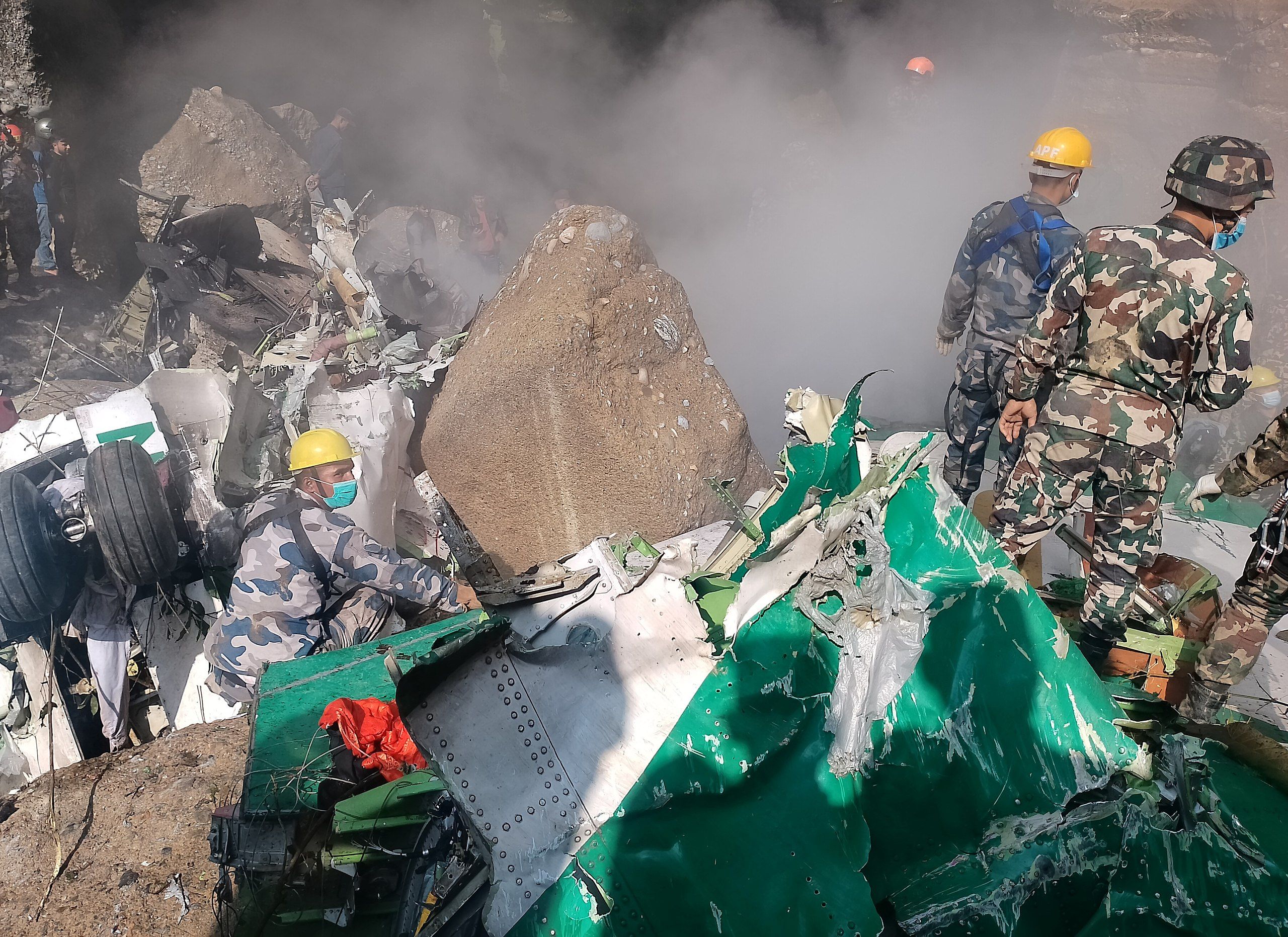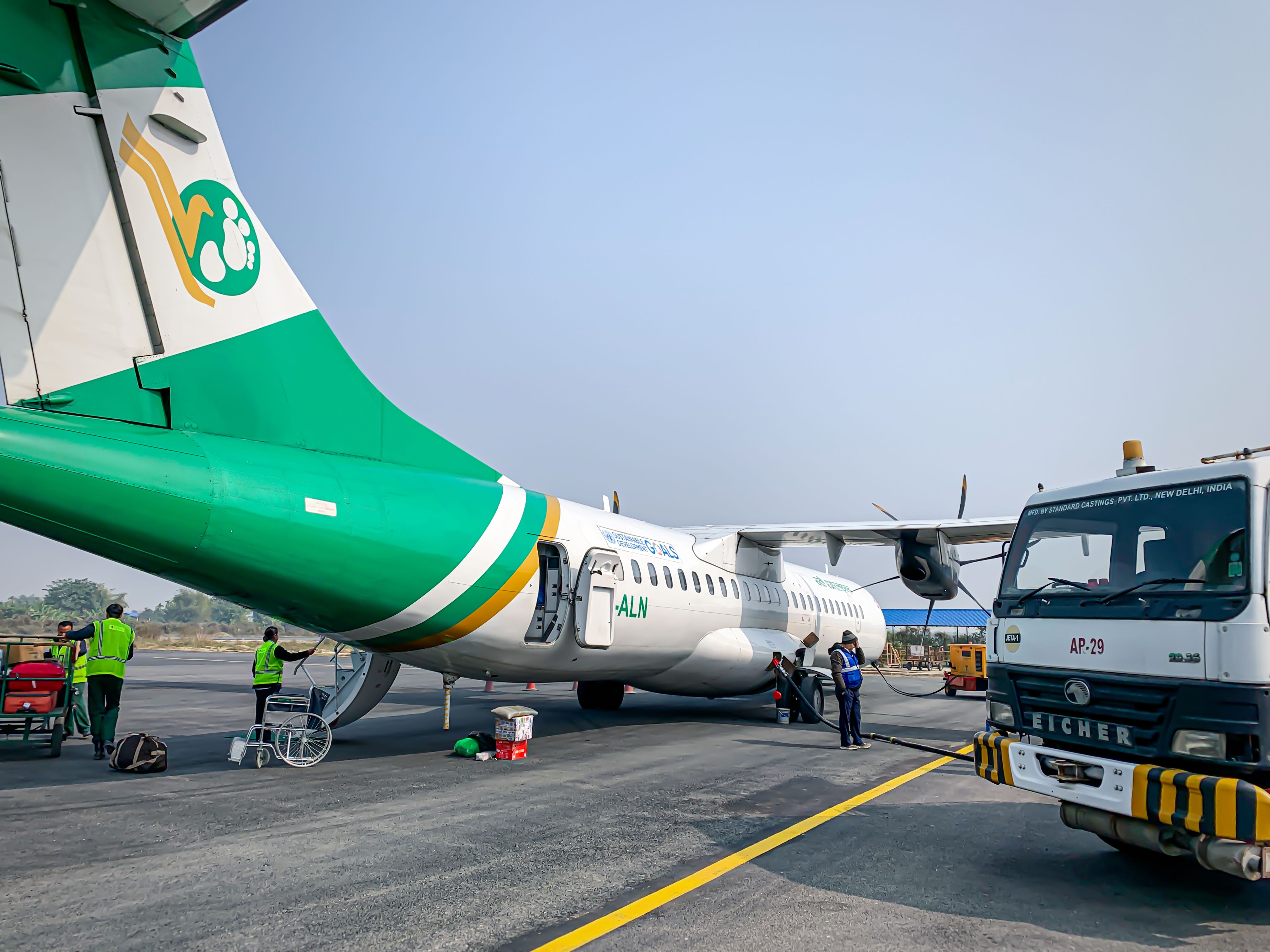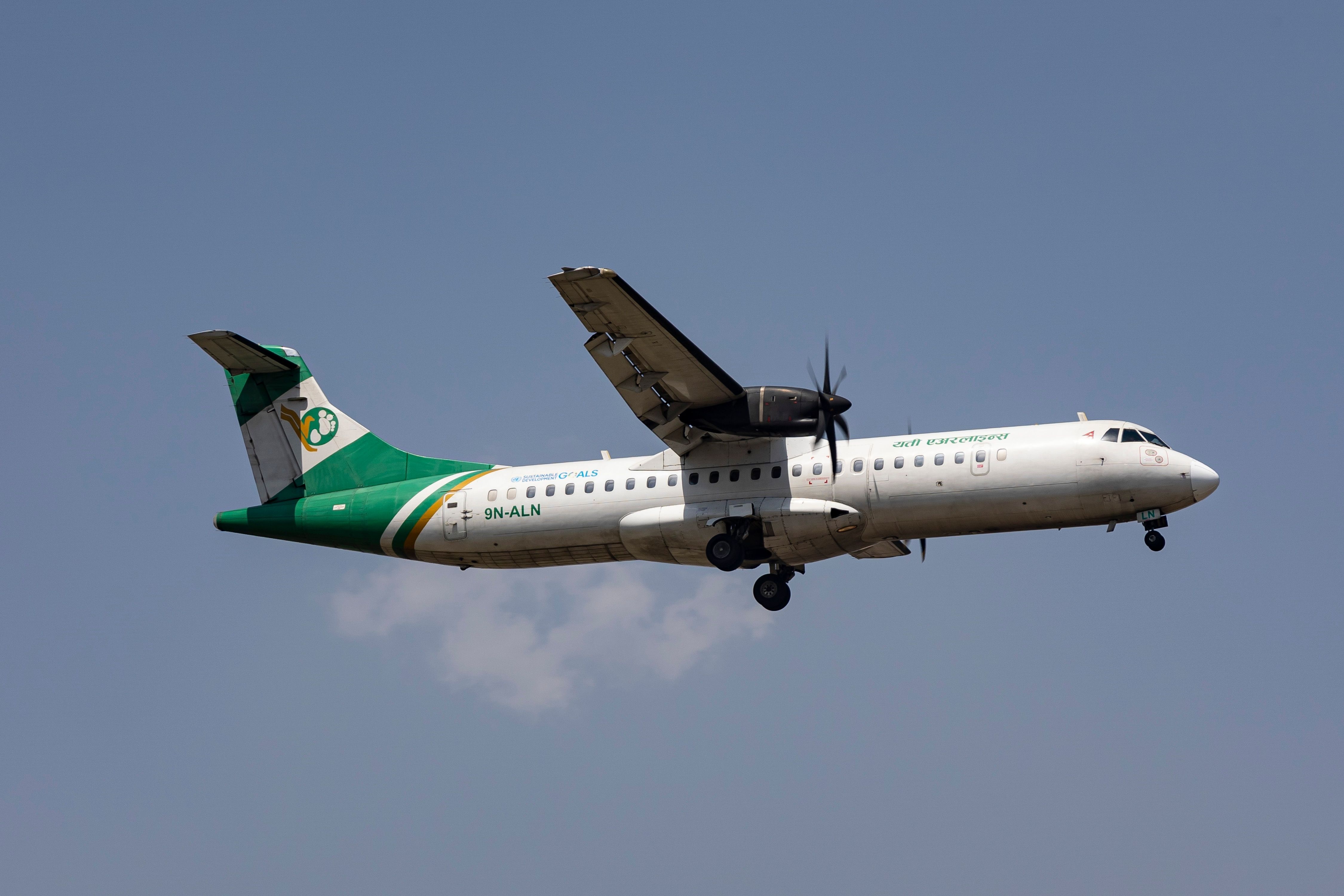Yeti Airlines flight YT691 crashed while landing in Pokhara, Nepal, on January 15th. Now, just over three weeks on from the tragic crash, data from the aircraft’s flight data recorders and cockpit voice recorders is beginning to shed some more light on what happened.
According to investigators, initial findings suggest that an engine problem was behind the crash, with the team leading the investigation saying,
"Flight data recorder and cockpit voice recorder of the Yeti Airlines ATR-72 aircraft indicates a problem in the engine as the reason behind the crash of the aircraft on 15th January in Pokhara.”
The Civil Aviation Authority of Nepal went on to reveal that the first analysis of the flight data recorders shows that the propellers of both engines were put into the feather position prior to the crash.
What is propeller feathering?
The pitch of the blades on a propeller engine can be altered so that the blade is almost parallel to the oncoming airflow – this is known as feathering. On an aircraft such as the ATR 72-500, propellers would normally be feathered in flight in the event of engine failure in order to decrease drag and, therefore, significantly increase gliding distance.
It is not yet clear what caused the propellers on the Yeti Airlines ATR 72-500 to be feathered. The engines on the aircraft were manufactured by Pratt & Whitney Canada, and a technical advisor from the manufacturers has been on-site in Nepal to assist with the investigation. The advisor has also traveled to Singapore, where the data from the aircraft’s flight data recorders (also known as black boxes) was downloaded last week and continues to be analyzed.
Flight YT691 from Kathmandu to Pokhara
Yeti Airlines Flight YT691 departed from Kathmandu's Tribhuvan International Airport at 10:33 on January 15th, bound for Pokhara International Airport, which had opened just two weeks earlier. At approximately 11:00, the aircraft crashed into the Seti Gorge, around one kilometer (0.62 miles) from the airport. All 68 passengers and four crew members onboard were killed in the crash, making it the deadliest aviation incident in Nepal for over 30 years.
The ATR 72-500, registered as 9N-ANC, had operated for Yeti Airlines since April 2019. Prior to that, the 15-year-old aircraft had flown for both Nok Air and Kingfisher Airlines. Several videos of the aircraft surfaced on social media soon after the crash, which have provided investigators with further insight into the aircraft’s final moments.
The reason for the propellers being feathered on the Yeti Airlines ATR 72-500 aircraft remains unknown, and no further details have been released at this time. For now, the investigation continues, looking into any technical and human factors that may give further clues as to the cause of the crash.
Get the latest aviation news straight to your inbox: Sign up for our newsletters today.
What do you think of this latest development in the investigation into the tragic events that led to the crash of flight YT691? Have you flown on Yeti Airlines? Share your thoughts and experiences by commenting below.




